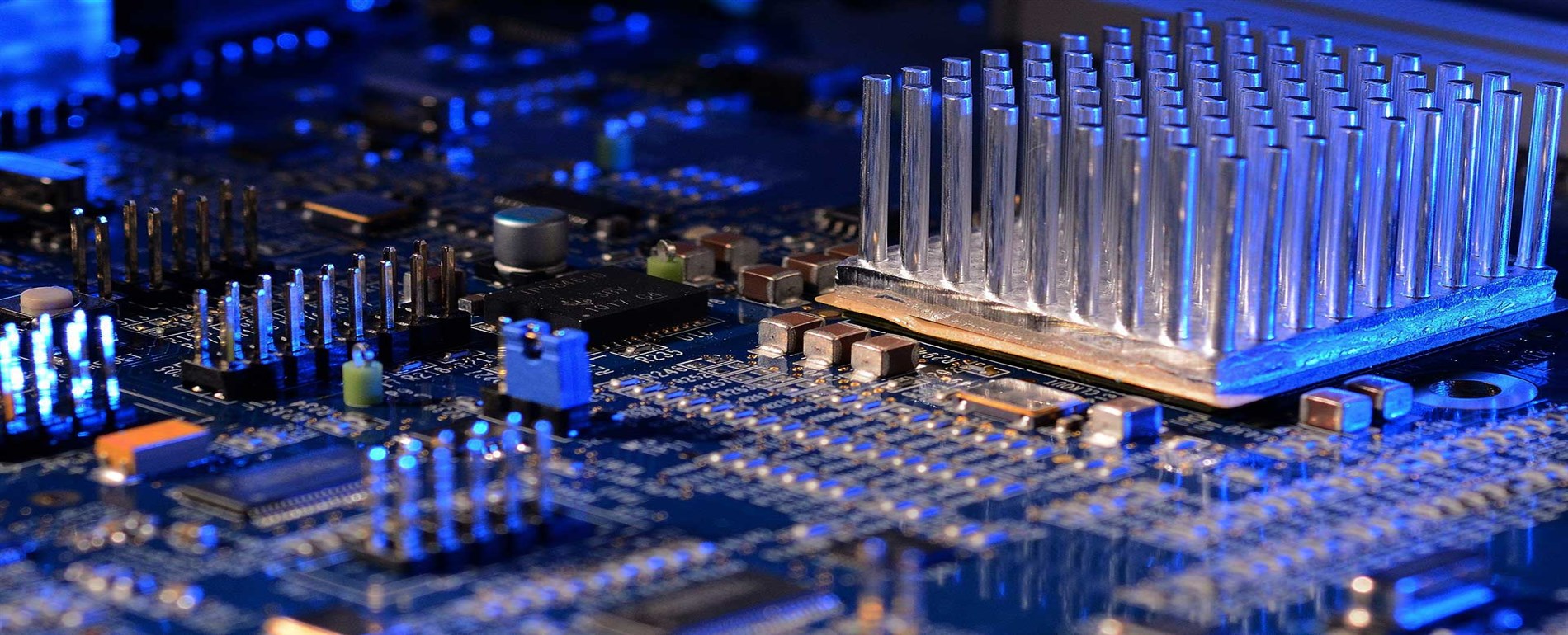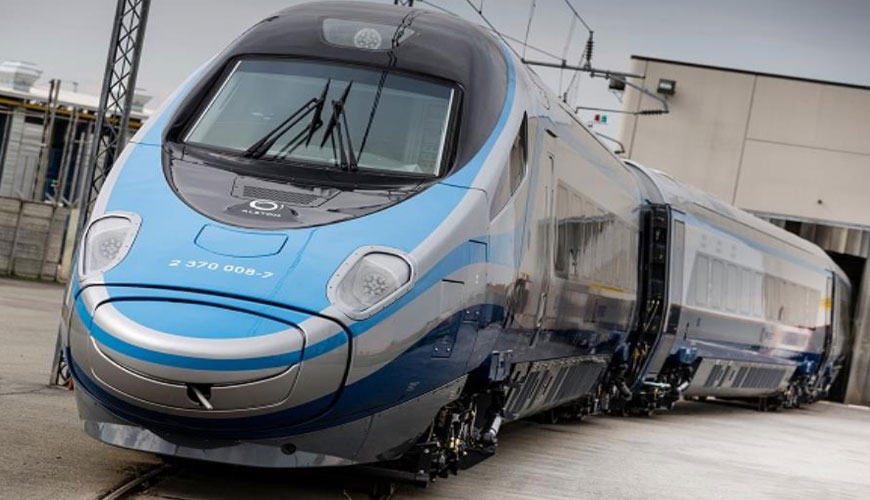

Rail electrification is the use of electrical energy to sustain rail transport. Electric railways use either electric locomotives, electric multiple units, or both. Some electrified railways have their own dedicated generating stations and transmission lines, but most are powered by an electric utility.

It is never easy to design and maintain electronic systems used in the rail environment, but trains are still using electronic systems more and more to improve safety, performance and passenger experience. These systems provide added safety for staff and passengers, touchscreens provide the driver with more comprehensive information, and wi-fi backbones and USB charging sockets help passengers stay connected throughout their journey.
All these systems and the components within them have one challenge in common: they have to offer reliable operation despite spikes and transients, contaminants such as dust and dirt, and mechanical stresses caused by shock and vibration. However, most companies in the electronics industry focus on the high-volume, rapidly changing world of consumer electronics, not the low volumes and longevity of the railroad industry.
All electronic systems installed in rolling stock must draw power from sources available on the train. The difficulty is that each of these systems has to operate at a different voltage level, which typically means using an external power source. These power supply modules are used to convert the input to a lower DC voltage or in some cases to convert the voltage to an AC mains.
Certification of relevant railway safety standards provides basic assurance that a converter is meeting appropriate performance levels, while other features help improve overall system performance. For example, some transducers are certified to standard EN 50155 for temperature, humidity, shock and vibration, and to standard EN 45545 for fire and toxicity. They also offer a wide input range allowing them to deal with voltage drops and transients.
Automotive electronics, on the other hand, refers to all electronic equipment installed in vehicles. Automotive electronics, consisting of various electronic components, are used to sense, calculate and execute various states and functions of the vehicle. It is divided into connectors, sensors, controllers and actuators according to the intended use. Its first application is the engine fuel injection control system, introduced in the 1970s, which greatly increased fuel efficiency. Today, automotive electronics is also widely used in chassis control, power system, body control, diagnostics, audio, communication, navigation and other aspects.
In general, automotive electronics have significantly improved the overall performance of the vehicle, transforming the vehicle from a means of transport into a comprehensive platform with transportation, entertainment, office and communication functions.
From a technical point of view, automotive electronics is divided into three levels: the core technology layer, the electronic control system layer, and the human-vehicle environment interaction layer. In terms of application, automotive electronics are divided into electronic control systems and automotive electronic devices. The electronic control system and mechanical devices are used together to determine the car's safety, comfort and overall performance.
Advanced automotive electronics require automotive electronics smart manufacturing equipment to have intelligent functions to perform data collection and transmission, analysis and execution, quality traceability, raw material management and full process testing.
In short, there are different electronic systems used in automobile operations such as increasing driving motion, fuel efficiency, comfort of drivers and passengers. There are many devices ranging from mechanical to electronic. Today, cars have turned into auto electronic engines with computer-controlled systems.
Among the numerous test, measurement, analysis and evaluation studies given to businesses by our organization, there are also railway and automotive electronics device testing services.
To get an appointment, to get more detailed information or to request an evaluation, you can ask us to fill in our form and reach you.